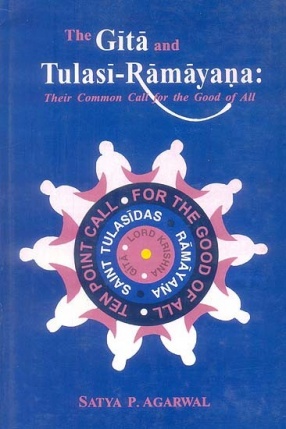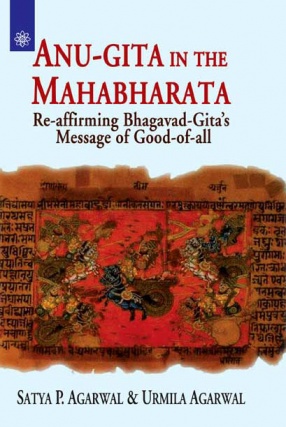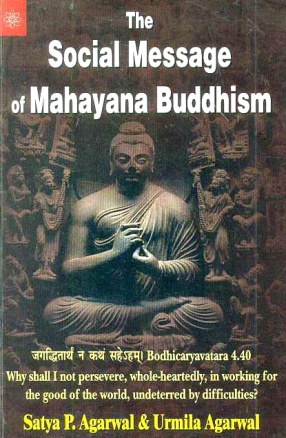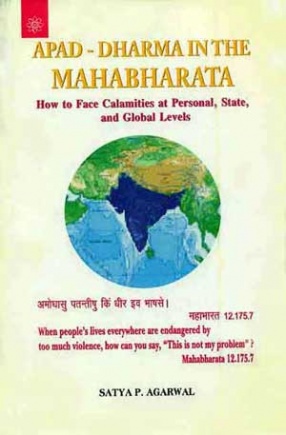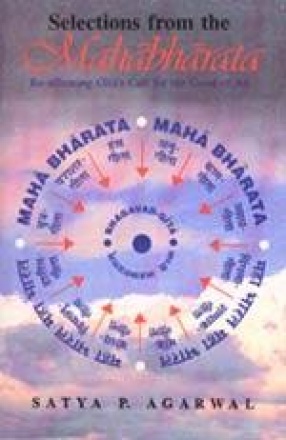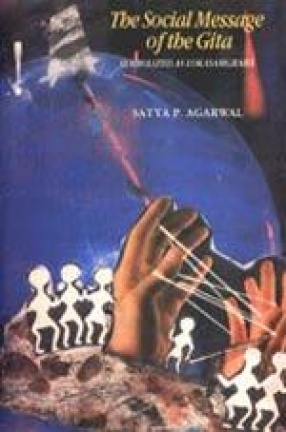-
×
 The Year Book of South Asian Languages and Linguistics, 2000
1 × $28.50
The Year Book of South Asian Languages and Linguistics, 2000
1 × $28.50 -
×
 Culture of the Past
1 × $21.60
Culture of the Past
1 × $21.60 -
×
 Equal Opportunity, Human Rights and Social Welfare
1 × $22.50
Equal Opportunity, Human Rights and Social Welfare
1 × $22.50 -
×
 Malabar Aflame
1 × $13.50
Malabar Aflame
1 × $13.50 -
×
 Restoration of Human Rights and Dignity to Dalits: With Special Reference to Scavengers in India
1 × $36.90
Restoration of Human Rights and Dignity to Dalits: With Special Reference to Scavengers in India
1 × $36.90 -
×
 Academic Dictionary of Business
1 × $20.70
Academic Dictionary of Business
1 × $20.70 -
×
 Madhya Pradesh
1 × $17.10
Madhya Pradesh
1 × $17.10 -
×
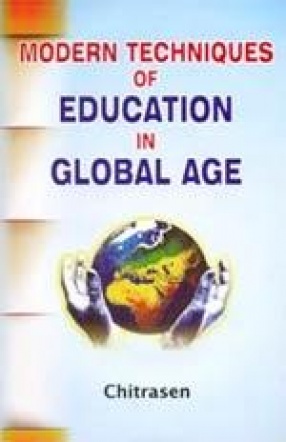 Modern Techniques of Education in Global Age
1 × $32.40
Modern Techniques of Education in Global Age
1 × $32.40 -
×
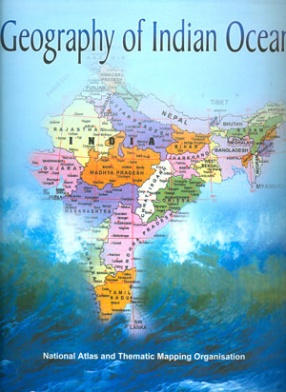 Geography of Indian Ocean
1 × $86.40
Geography of Indian Ocean
1 × $86.40 -
×
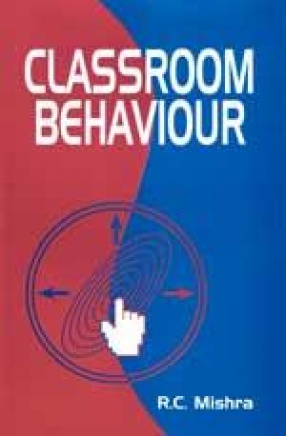 Classroom Behaviour
1 × $25.20
Classroom Behaviour
1 × $25.20 -
×
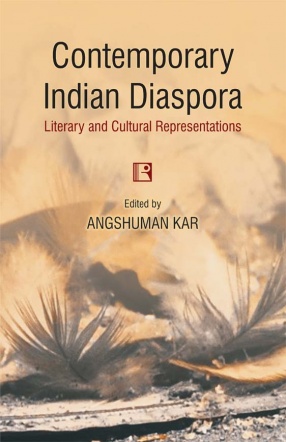 Contemporary Indian Diaspora: Literary and Cultural Representations
1 × $44.10
Contemporary Indian Diaspora: Literary and Cultural Representations
1 × $44.10 -
×
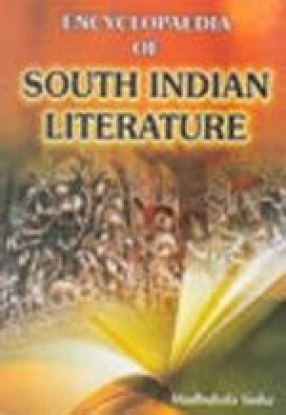 Encyclopaedia of South Indian Literature (In 3 Volumes)
1 × $375.30
Encyclopaedia of South Indian Literature (In 3 Volumes)
1 × $375.30 -
×
 Sustainable Dimensions of Tourism Management
1 × $29.70
Sustainable Dimensions of Tourism Management
1 × $29.70 -
×
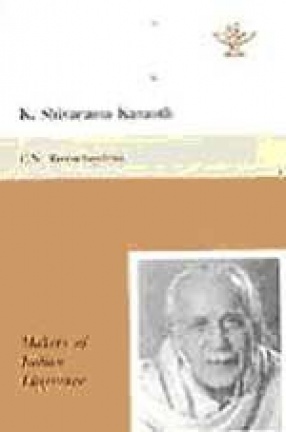 K Shivarama Karanth
1 × $11.70
K Shivarama Karanth
1 × $11.70 -
×
 Education for Human Rights
1 × $22.50
Education for Human Rights
1 × $22.50 -
×
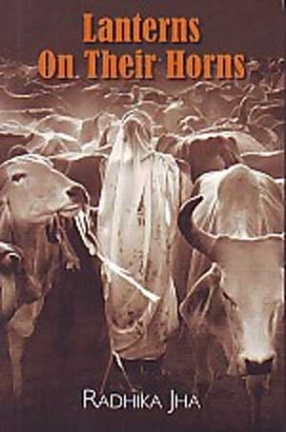 Lanterns on their Horns
1 × $27.90
Lanterns on their Horns
1 × $27.90 -
×
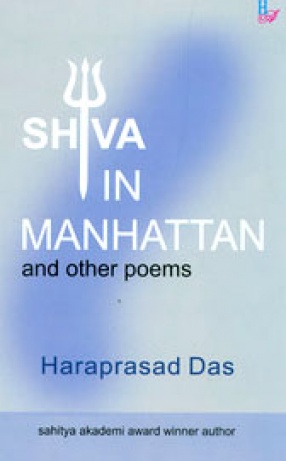 Shiva in Manhattan and other Poems
1 × $17.10
Shiva in Manhattan and other Poems
1 × $17.10 -
×
 Panty
1 × $35.10
Panty
1 × $35.10 -
×
 Handbook of Leisure and Tourism
1 × $40.50
Handbook of Leisure and Tourism
1 × $40.50 -
×
 India and Australia: New Horizons
1 × $28.80
India and Australia: New Horizons
1 × $28.80 -
×
 Life of Pi
1 × $22.50
Life of Pi
1 × $22.50
Subtotal: $960.00

 The Year Book of South Asian Languages and Linguistics, 2000
The Year Book of South Asian Languages and Linguistics, 2000  Malabar Aflame
Malabar Aflame  Madhya Pradesh
Madhya Pradesh  Modern Techniques of Education in Global Age
Modern Techniques of Education in Global Age  Geography of Indian Ocean
Geography of Indian Ocean  Classroom Behaviour
Classroom Behaviour  Contemporary Indian Diaspora: Literary and Cultural Representations
Contemporary Indian Diaspora: Literary and Cultural Representations  Encyclopaedia of South Indian Literature (In 3 Volumes)
Encyclopaedia of South Indian Literature (In 3 Volumes)  Sustainable Dimensions of Tourism Management
Sustainable Dimensions of Tourism Management  K Shivarama Karanth
K Shivarama Karanth  Education for Human Rights
Education for Human Rights  Lanterns on their Horns
Lanterns on their Horns  Shiva in Manhattan and other Poems
Shiva in Manhattan and other Poems  Panty
Panty  Handbook of Leisure and Tourism
Handbook of Leisure and Tourism  India and Australia: New Horizons
India and Australia: New Horizons  Life of Pi
Life of Pi 
